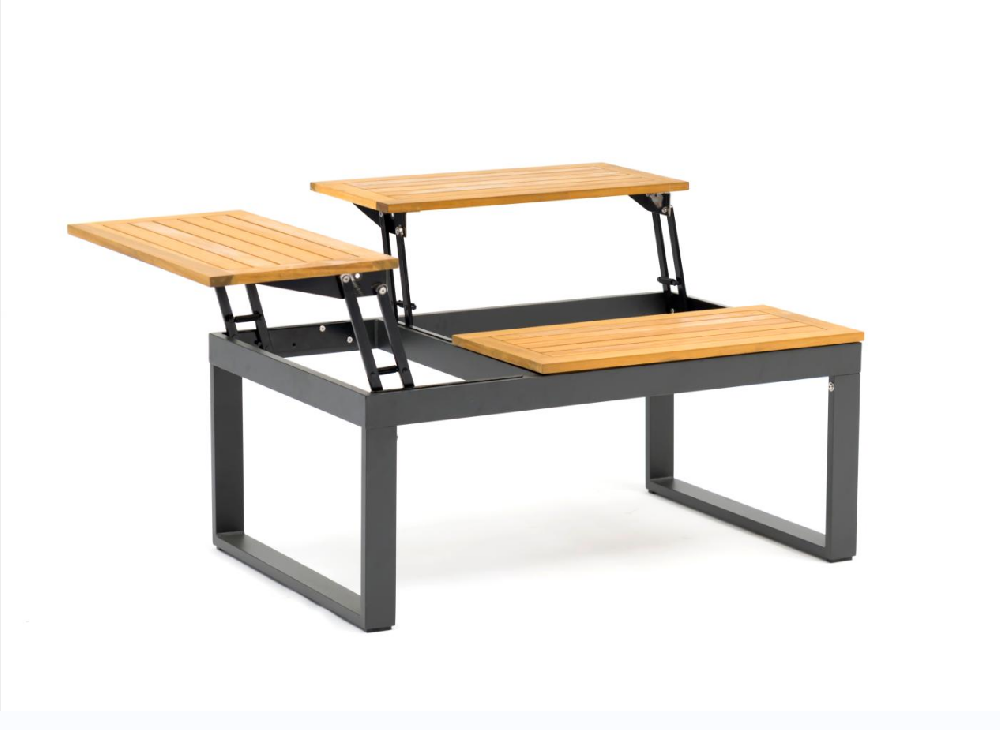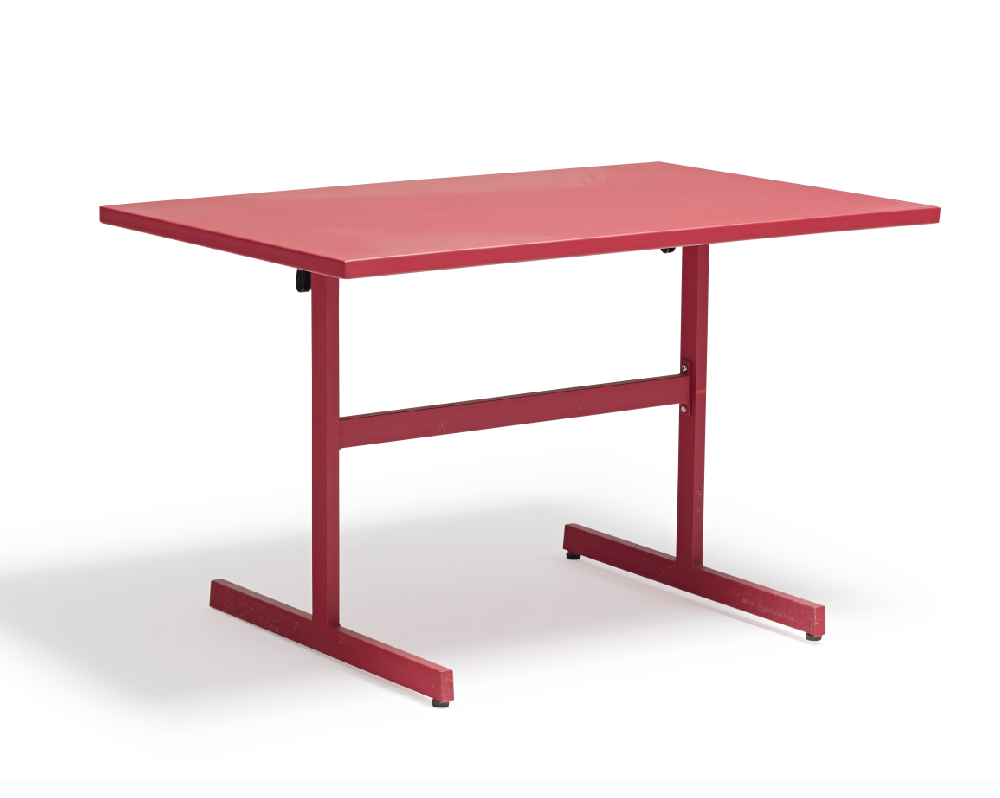You want to know about the furniture
Time: 2022-08-29 18:24:55
1 Overview
Furniture is composed of four factors: material, structure, appearance form and function. Among them, function is the forerunner and the driving force for the development of furniture; structure is the backbone and the basis for realizing functions. These four factors are interrelated and restrict each other. Since furniture is designed and made to meet people's certain material needs and purposes, furniture also has functions and appearance and form factors.
Furniture refers to bulky items such as wardrobes, tables, beds, and sofas.
In addition to the basic requirements of function, aesthetics and craftsmanship, furniture design is also closely related to materials. To this end, designers are required to do the following:
1. Familiar with the types, properties, specifications and sources of raw materials;
2. Design excellent products according to the existing materials and make the best use of them;
3. Be good at using various new materials to improve the quality of products and increase the aesthetics of products. In addition to commonly used wood, metal and plastic, there are also rattan, bamboo, glass, rubber, fabric, decorative board, leather, sponge, Fiberglass, etc. However, not every material can be used in furniture production.
The application of furniture materials also has certain selectivity, among which the following factors should be considered:
1. Processing technology: The processing technology of materials directly affects the production of furniture. For wood materials, shrinkage, anisotropic fission and porosity caused by moisture should be considered during processing. Plastic materials should take into account their ductility, thermoplastic deformation, etc. The glass material should take into account its hot brittleness, hardness, etc.
2. Texture and appearance quality: The texture and texture of the material determine the special feeling of the appearance quality of the product. Wood is a natural material with natural texture, beautiful appearance, vivid image, good hand feel, and easy processing and coloring. It is the first-class material for furniture production. Plastics and their synthetic materials have the characteristics of simulating the texture of various natural materials and have good coloring properties, but they are easy to age and deform easily due to heat, and their service life and scope of use are limited in the production of furniture.
3. Economy: The economy of furniture materials includes material price, material processing labor consumption, material utilization rate and richness of material sources.
4. Strength: In terms of strength, its holding force, split resistance and elastic modulus should be considered.
5. Surface decoration performance: In general, surface decoration performance refers to the feasibility of decoration such as painting, sticking, carving, coloring, ironing, and ironing.
Appearance form
The appearance of furniture is directly displayed in front of the user, which is an intuitive expression of function and structure. The appearance of furniture blooms attached to its structure, especially the outer structure. However, there is no corresponding relationship between the appearance form and the structure, and different appearance forms can be represented by the same structure. There is a greater degree of freedom in the appearance form, and the space combination is quite selective. For example, the basic structure of the dresser is the same, but its appearance form is varied.
As the external expression of the function, the appearance form of the furniture also has the cognitive function. Therefore, it has information transmission and symbolic meaning; it can also exert its aesthetic function, thereby generating a certain emotional atmosphere, forming a certain artistic effect, and giving people the enjoyment of beauty. .
basic skills
The function of furniture products is divided into four aspects, namely technical function, economic function, use function and aesthetic function. Old mahogany in furniture.
2 classic style
Three classic styles for home
Color matching is the first element of clothing matching, and the same is true in home decoration. When thinking about decorating your home, start with an overall color scheme to determine the color palette and choice of furniture and home accessories. If you can use colors harmoniously, you can dress up your beloved home more freely.
forever
black+white+gray
Black + white + gray = timeless classic.
Black and white can create a strong visual effect, and the popular gray is integrated into it to ease the visual conflict between black and white, thereby creating a different flavor. The space created by the three colors is full of cool modern and futuristic sense. In this color situation, a sense of rationality, order and professionalism will emerge from simplicity.
In recent years, the popular "Zen" style expresses primary colors, pays attention to environmental protection, and uses a colorless color matching method to express the natural feeling of hemp, yarn, coconut weaving and other materials. It is a very modern, natural and simple style.
modern tradition
Silver Blue + Dunhuang Orange
Silver blue + Dunhuang orange = modern + traditional
The color combination dominated by blue and orange shows the intersection of modernity and tradition, ancient and modern, and collides with a visual experience that combines surrealism and retro flavor. The blue series and the orange series originally belong to the strong contrasting color series, but there are some changes in the chromaticity of the two sides, so that these two colors can give the space a new life.
romantic warmth
blue+white
Blue + white = romantic warmth
Most people at home do not dare to try too bold colors, and think that it is safer to use white. If you like to use white, but you are afraid of making your home look like a hospital, you might as well use a white + blue color scheme, just like a small island in Greece, where all the houses are white, and the ceilings, floors, and streets are all painted with white lime. Showing a pale tone.
Furniture is an integral part of the family so we have to take it seriously.
About chromatic aberration
The furniture has color difference due to different production batches and different production factories. There are mainly problems with fabrics such as paint and leather cloth.
The color difference of the wood itself, because of the problem of wood rings, the color is also different.
Leather furniture also has color difference between genuine leather and imitation leather: because of different materials, the degree of absorption of dyes is slightly different, and different production batches may also cause color difference. When purchasing, as long as you focus on the problem, you can avoid the heavy and light.
3 fashion trends
Solid wood furniture and panel furniture occupy more than 80% of the furniture market, and people who like these types of furniture belong to middle and high-end consumers.
Affected by people's age level, degree of cultural education and social status, etc., today's diversified styles, including neo-classical, post-modern, European, American, pastoral, rural, Mediterranean and other styles have a certain market share, furniture Trends change rapidly, but these are the main styles of furniture that will never change.
4 Material introduction
Teak material
Teak furniture is also a kind of solid wood furniture, but it is the top high-end furniture material. Teak itself has different grades of material. High-grade teak furniture like old teak has a rich surface oil and a strong sense of lubricity; the surface of the surface reveals the color of the planed surface, which is oxidized to a golden luster through photosynthesis; the ink lines are fine and rich. The low-grade planted teak is dull in color and lacks oily feeling. It is mostly used for making floor materials, so the color of teak floors is generally dark. There are very few teak furniture on the market that are full of teak, and there are certain old teak teak in Thailand; most of them are only teak frame furniture or teak veneer, and the other parts are solid wood but not teak, which is called teak solid wood furniture. ; There are other parts that are not solid wood but MDF.
plate material
Panel furniture refers to disassembly and assembly furniture with wood-based panels as the main base material and panels as the basic structure. Common man-made boards are Hexiang board, plywood, blockboard, particle board, MDF, etc. Woxiang board does not use urea-formaldehyde glue and does not produce formaldehyde; plywood (plywood) is often used to make furniture that needs to be bent and deformed; the performance of blockboard is sometimes affected by the material of the board core; particleboard (also known as particle board, bagasse board, solid wood particle board) High-quality particleboard, environmentally friendly and durable, is one of the main boards used in the panel furniture industry. The MDF material is delicate and easy to carve. Most of the melamine finishes on the market are scratch-resistant, fire-resistant, hard, and environmentally friendly. Also available in solid wood veneer. Panel furniture is furniture made of medium density fiberboard or particleboard with surface veneer and other processes. The veneer of some panel furniture sold on the market is becoming more and more realistic, with good gloss and feel, and the price of products with fine craftsmanship is also very expensive.








